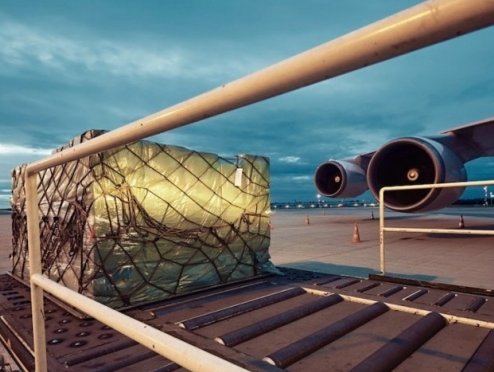
WorldACD reports 19% drop in global air cargo volumes
WorldACD’s market data on air cargo for March 2020 showed a 19 percent drop in cargo carried worldwide

WorldACD’s market data on air cargo for March 2020 showed a 19 percent drop in cargo carried worldwide, and the sudden capacity shortage in the second half of the month indeed made for sharp price increases. The company, having gone through the full worldwide data of over 70 airlines, provided the following picture:

Of the ten city pairs with the highest price increase (USD) between January and March, four were on the North Atlantic. Frankfurt – Beijing topped the list (+122 percent), while London - New York was number 10 (+75 percent).
Overall, in Q1 2020 cargo carried was in decline (-9 percent YoY). The one product category growing was pharmaceuticals (+7 percent), as the transport by air of fish and seafood was hardest hit (-13 percent). Belgium was the only one of the Top-50 countries showing growth for each of the three months in Q1, driven by large increases in pharmaceuticals, live animals and dangerous goods.
Back to the month of March 2020: what were the most telling changes influencing the March figures? WorldACD looked at two different factors: the changes in use of aircraft types and the shifts in distribution patterns.
Use of aircraft
The old work horse of air cargo, the Jumbo, did it again: the number of flights performed with a 747 freighter in March was 34 percent higher than in February, as the freight carried on this type increased by 48 percent. The corresponding figures for two other freighters: for the 777F, WorldACD measured a 24 percent resp. 28 percentage increase, and for the A330-F the company recorded 18 percentage growth in flight numbers and 30 percent in cargo carried.
The passenger aircraft carrying by far the most freight, the 777 lost 21 percent in freight carried. The A330 passenger aircraft performed 39% less flights and lost 36 percent in freight carried. Within the month of March, the A330 schedules were most ravaged: only 16 percent of the flights in the first week survived into the last week

Distribution Patterns
WorldACD analysed the business done by the world’s top-15 forwarders with the 20 top-airlines in the WorldACD-database. Thus, for 300 airline/forwarder combinations the company looked at the changes between January/February and March. For each of the 300 combinations, it took as a starting point the business done as a percentage of the airline’s total business.
In 23 of the 300 cases (8 percent), the share of the forwarder in the airline’s total business changed by more than 50 percent (in 15 cases upward, and in 8 downward). In almost 1/3 of the cases (94 in total, 52 upward and 42 downward) the change was more than 20 percent. Of these 94 cases, 28 occurred among the top-10 airlines, whilst – in the same 94 cases - 21 occurred among the top-5 forwarders. In other words, the distribution pattern among top-airlines and top-forwarders changed much less than in the other airline-forwarder combinations.

